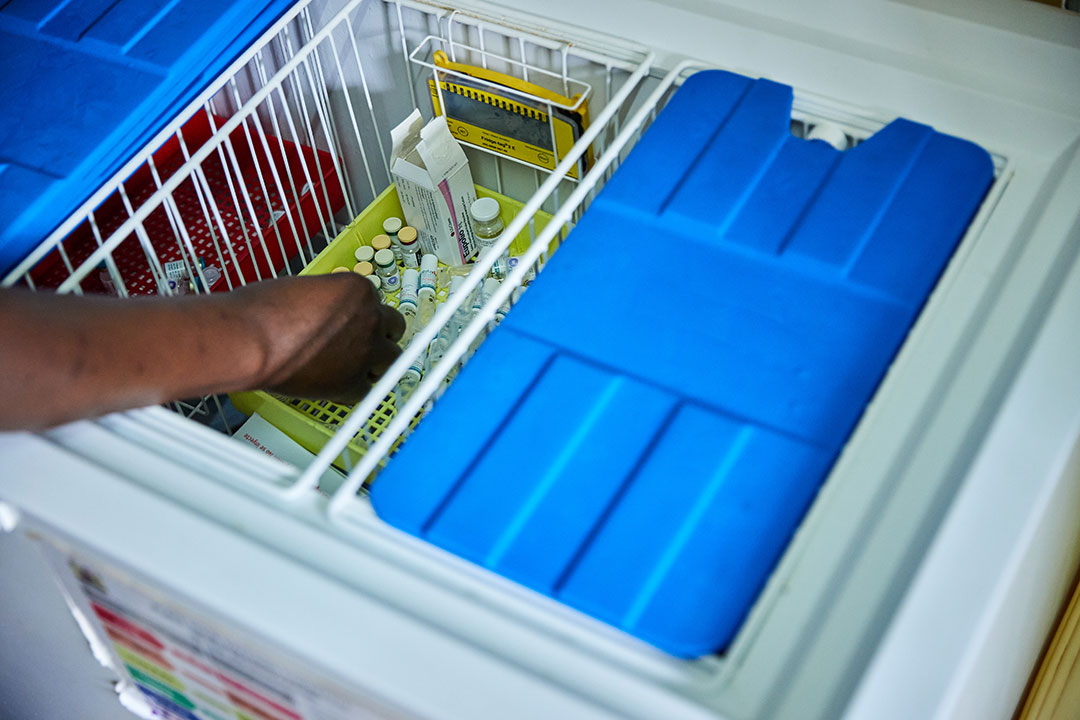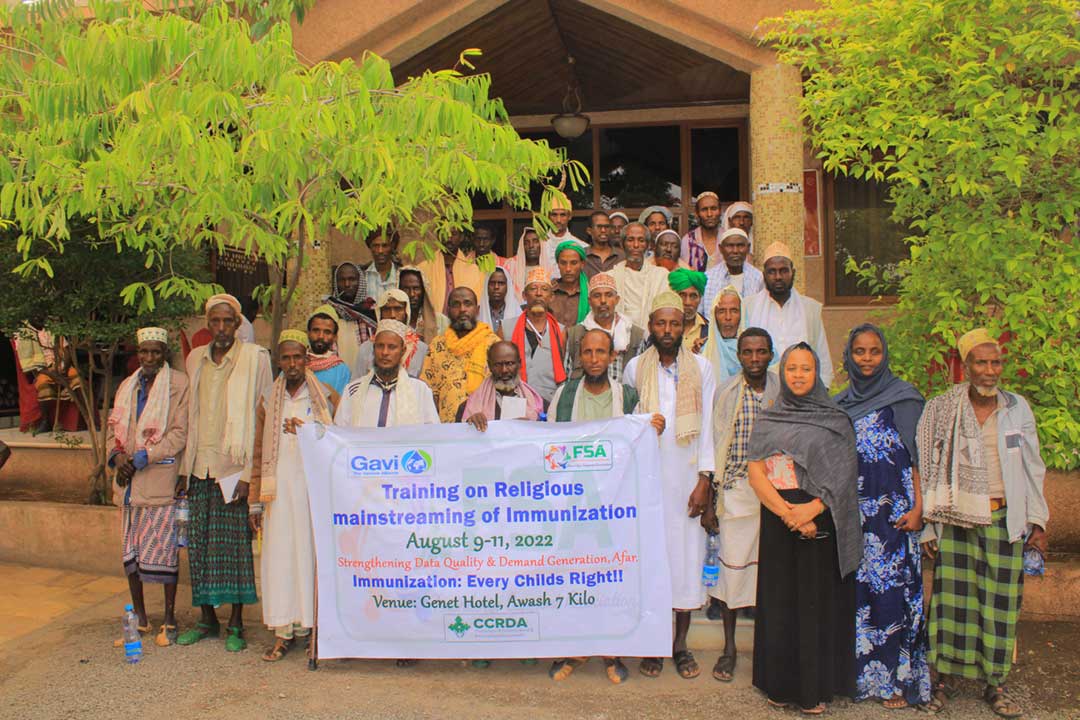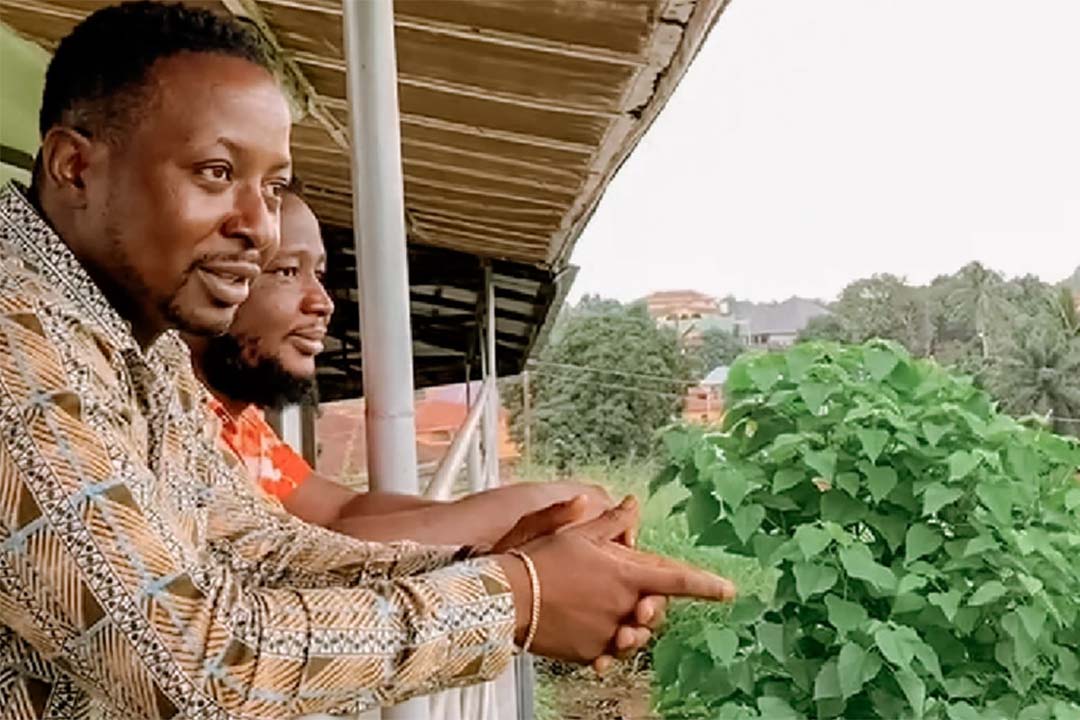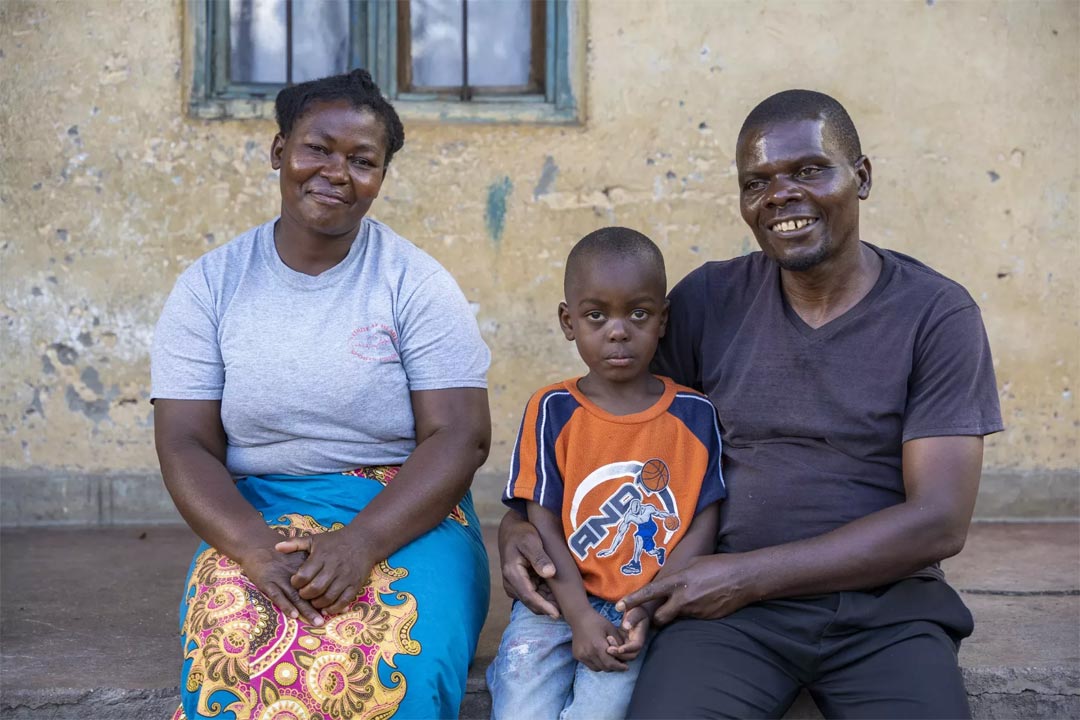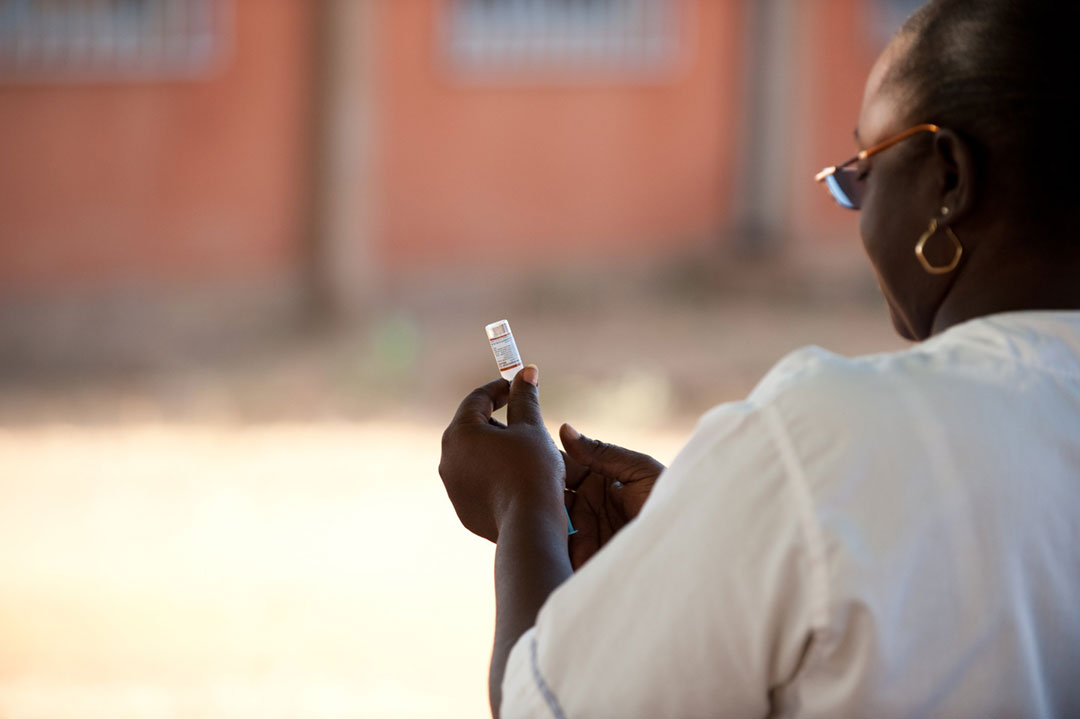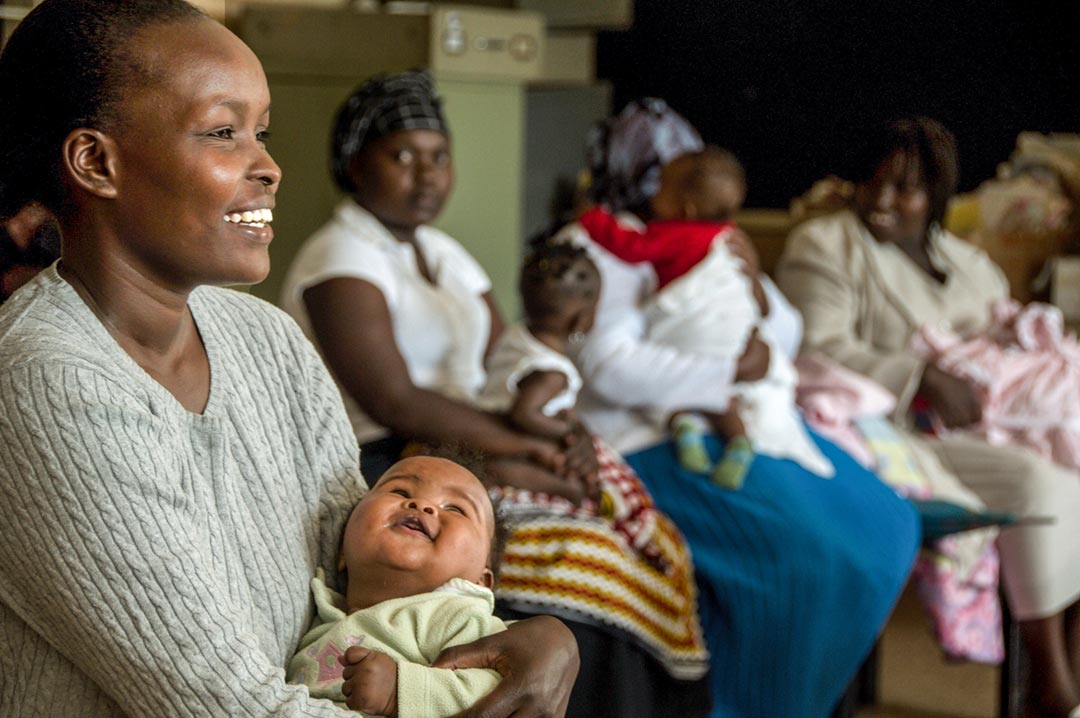The public health impact of a single-dose HPV vaccination schedule
New review of evidence on a single-dose HPV vaccination schedule is published by PATH-led consortium.
- 22 January 2021
- 4 min read
- by PATH

The first time ever, the world has committed to eliminate a cancer. The World Health Organization recently launched a global strategy to accelerate the elimination of cervical cancer.
One target of the strategy is for all countries to fully vaccinate 90% of girls with HPV vaccine by age 15 by the year 2030. Currently, just over 20 low- and lower-middle income countries deliver HPV vaccine as part of their national immunization program and women in these countries bear a disproportionately large cervical cancer burden.
Emerging evidence
In support of this elimination goal, the Single-Dose HPV Vaccine Evaluation Consortium, managed by PATH, has released the third edition of the Review of the current published evidence on single-dose HPV vaccination. This comprehensive review and assessment was compiled by leading researchers and experts to inform global, regional, and national HPV vaccine schedule policies and vaccine delivery programs. The review includes current public evidence from clinical trials, immunogenicity studies, other observational and effectiveness studies, and impact modeling.
Currently, the World Health Organization recommends two doses of HPV vaccine for 9 to 14-year-old girls, with flexibility in timing the administration of the second dose, from six months to up to three- to five years after the first dose. Girls aged 15 years and older and girls who are immune compromised, including those living with HIV, should receive three doses.
HPV vaccines are highly effective. Since their introduction, first as a three-dose schedule and now a two-dose schedule as of 2014 for ages 9-14 years, they have significantly reduced vaccine-type HPV infections and precancerous cervical lesions.
Have you read?
Several studies detailed in the Review provide evidence for a single-dose schedule which is encouraging. In randomized controlled trials where girls did not complete their multi-dose schedule, evidence suggests that a single dose of HPV vaccine may provide protection against persistent HPV infection. This evidence is being strengthened by additional trials currently underway. Several more studies have found significant effectiveness for single-dose HPV vaccination. Initial findings of modeling analyses suggest that giving one dose of HPV vaccine will yield much greater health benefits than none at all, even if the vaccine does not protect as well as two doses.
Researchers continue to gather and analyze clinical trial and other data that will provide further evidence regarding the value of a single-dose schedule relative to the current two- and three-dose schedules. But the available data to date show that single-dose HPV vaccination could substantially reduce the incidence of HPV-attributable cervical precancer and cancer if administered to girls prior to their sexual debut, especially if moderate to high coverage can be achieved, and that this would likely be a high-value public health intervention.
These findings are particularly relevant as HPV vaccine programs face increased challenges with vaccine accessibility and/or delivery, such as the COVID-19 pandemic and recent vaccine shortages. For countries impacted by these issues, these findings can provide reassurance that administration of a single dose will likely have a positive public health benefit.
Reaching every girl with HPV vaccine
HPV vaccine delivery is challenging because it is not a routine childhood immunization. Health systems have fewer touch points with 9- to 14-year-old girls. As a result, HPV vaccine delivery strategies vary: from school-based to outreach campaigns to facility-based. Following up with girls for the second dose also poses challenges. For these reasons, a single-dose HPV vaccination schedule could alleviate financial and logistical barriers, accelerate HPV vaccine introduction into national immunization schedules, and achieve higher coverage in current country programs.
Additionally, new HPV vaccines such as Cecolin, from Chinese manufacturer Innovax, currently under prequalification review by the WHO, will be available soon, and will provide more options for countries.
More from PATH
Recommended for you

